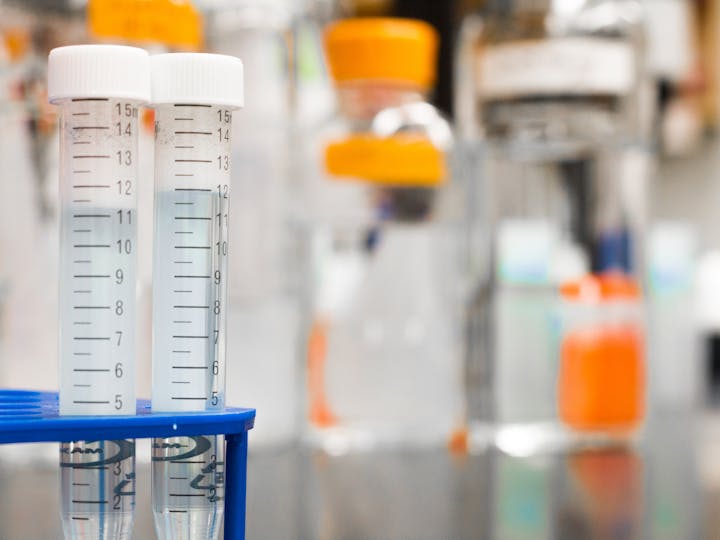Physical Address
304 North Cardinal St.
Dorchester Center, MA 02124
Physical Address
304 North Cardinal St.
Dorchester Center, MA 02124

The options can be overwhelming when ordering custom oligonucleotides. Will you require HPLC purification? Would you include modifications? How much material is enough?
There will be a lot of options to make in a short time, and your selection will directly influence your experiments. But worry not. We will explain the three key factors to consider before placing your next order: purity, modifications, and scale.
One of the first options available when ordering custom oligos is purity. Typically, there are a few options available:
Desalted is the simplest and least expensive oligo. It works best with simple PCR primers. You can also use it with fast tests when it is not necessary to achieve ultra-high purity.
PAGE and HPLC purification provide you with a much cleaner oligo in terms of purity. These are worth the money in case you are dealing with sequencing, cloning, or sensitive assays.
Cartridge purification is a good compromise. It is an improvement over desalted, but not as rigorous as PAGE or HPLC.
It is all about aligning purity with your use. If you are running important experiments, this is not the place to save money. Consider purity for reliable outcomes.
The other huge choice is whether your oligos require alteration or extra functionality. These modifications can provide your oligos with some special characteristics, such as:
Some typical modifications are:
Modifications are often easy to overlook until you reach a critical point in the project and realize that you need them. Consider your long-term aim before ordering.
The right modification can improve your workflow.
Lastly, but not least, there is the question of scale, or how much oligo material you are actually ordering. The scales are commonly quoted as either nanomoles or micromoles. You might be tempted to order big just in case. However, more is not always good.
Large-scale oligos are more expensive and may be more difficult to manage. On the other hand, ordering too small may result in having an insufficient amount in the middle of an experiment.
As a rule of thumb:
Consider your project schedule and the number of reactions that you will be able to operate. Often, it is less expensive and less stressful to purchase the appropriate scale at the beginning than to place several reorders.
The three aspects mentioned above (purity, modifications, and scale) are the key considerations for more convenient experiments and valid data. The next time you are about to place an order, take a moment and ask:
With a good plan, your oligos will do precisely what you require them to do.